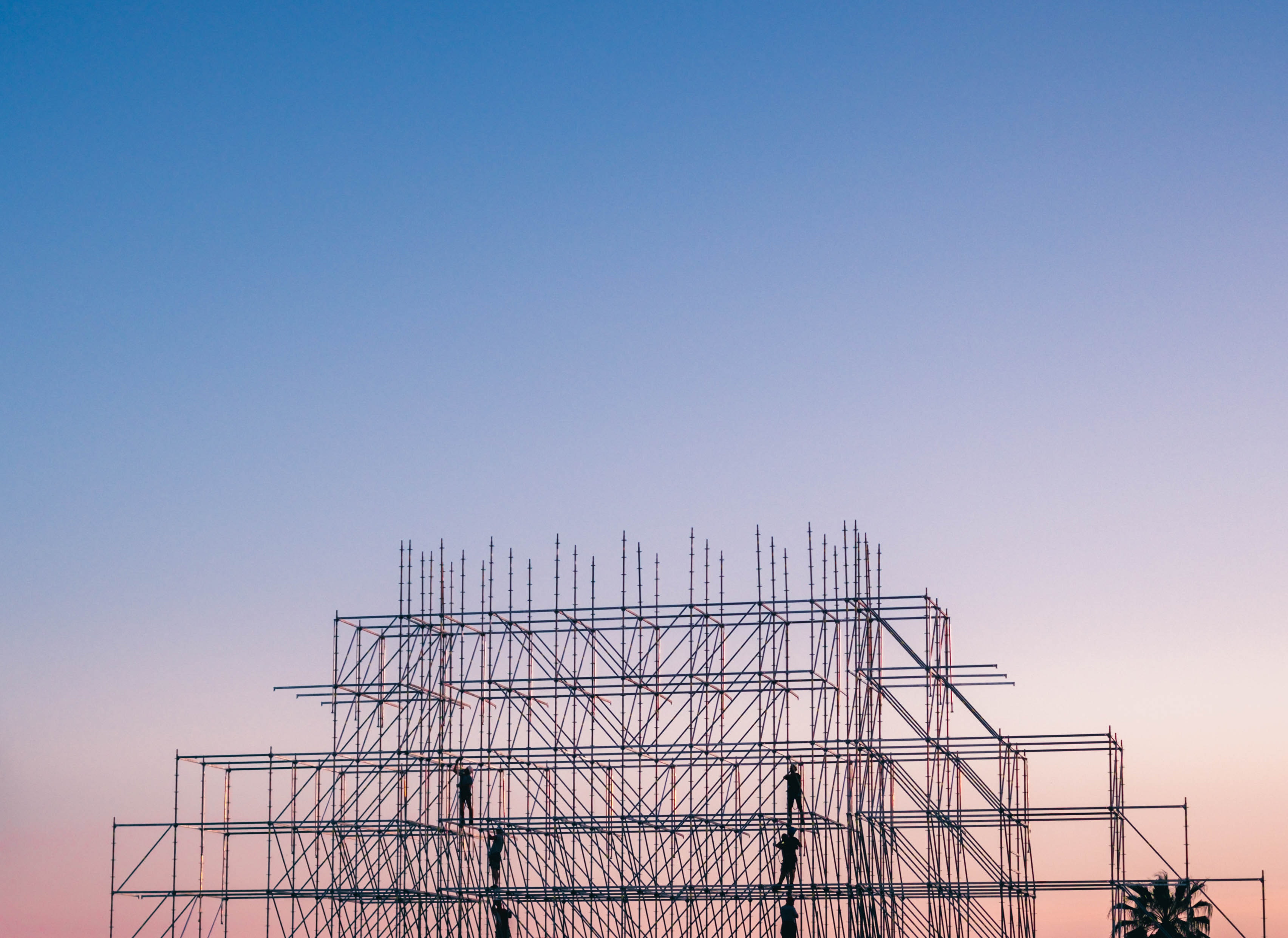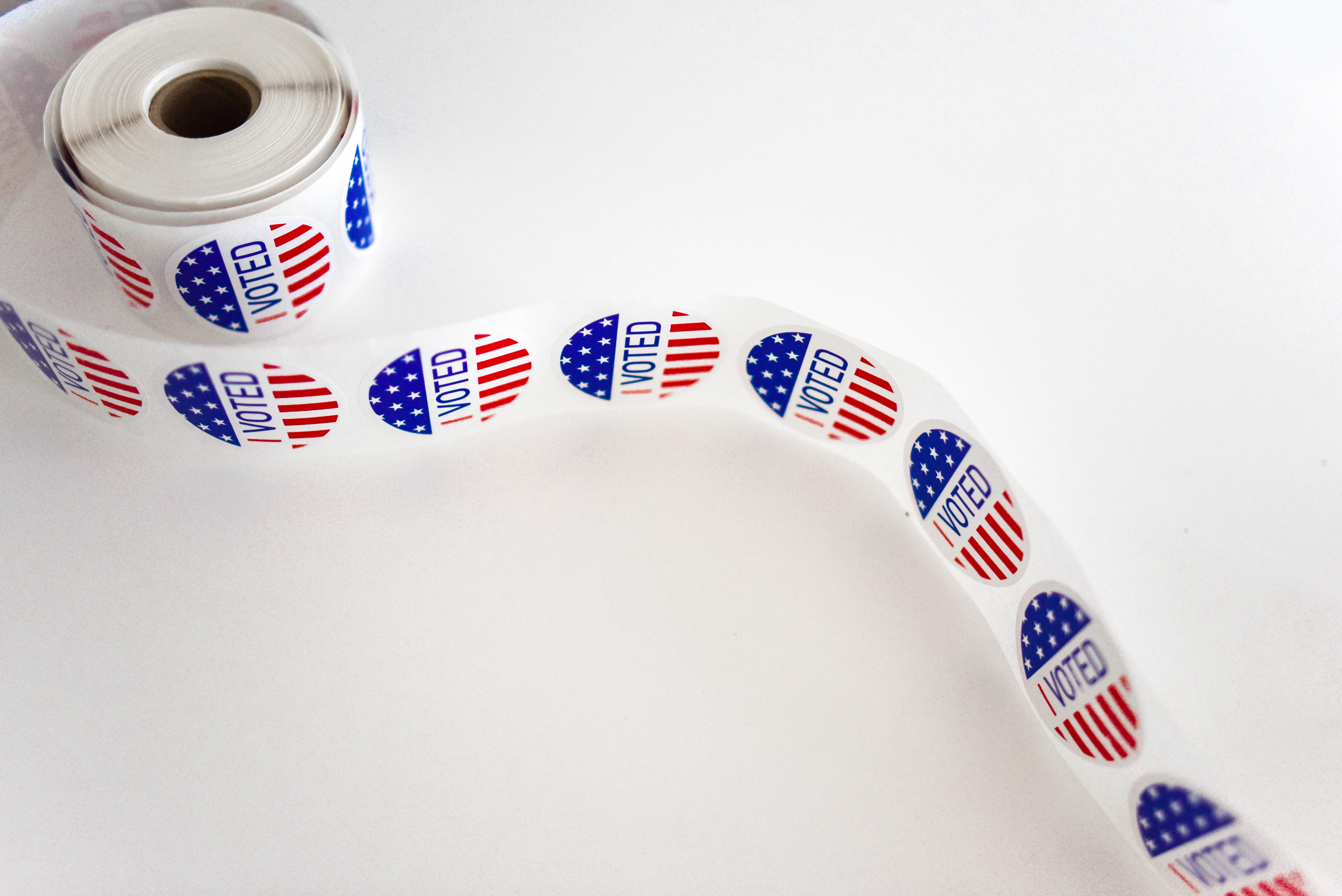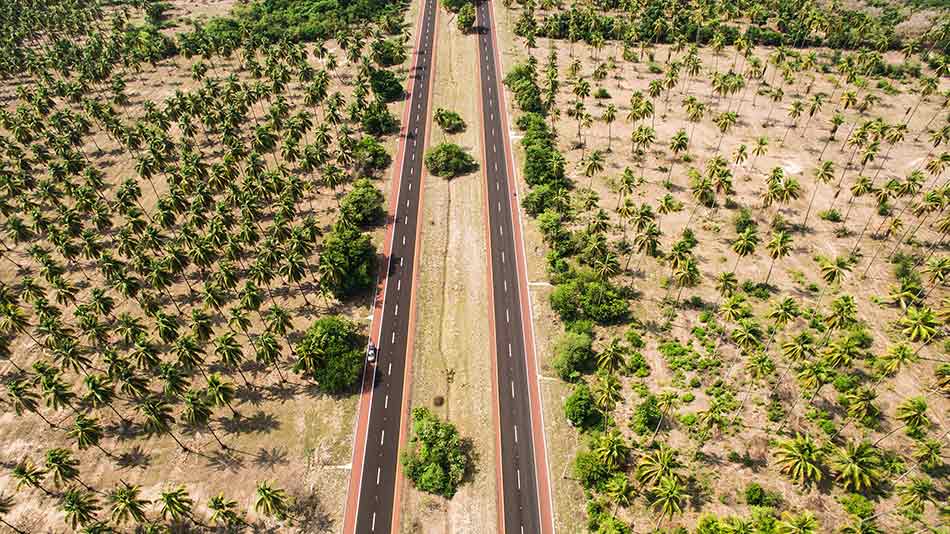Florida’s Highway Department can tell you what tariffs cost–$7 million out of pocket so far. It just approved the spending increase to keep several infrastructure projects alive.
Government projects have mechanisms to handle unplanned increases. Rather than scrap infrastructure programs that are already underway, cost overrides are the norm… If the money is in the department budget somewhere… If the state legislature goes along…
A recent Wall Street Journal article reports that several states are already paying for the tariffs on steel from China and other infrastructure needs. The proportions suggest that tariffs are hurting some segments of the economy more than they are helping.
The tariffs in effect on steel are now are only 10% but everyone is paying more. The Ohio Department of Transportation (DOT) has seen steel prices rise 19%. New Hampshire has to contend with 30% hikes in steel costs.
Florida should be happy about its $7 million extra cost. California’s pain is much worse. The tab for a planned 12-mile light rail extension near Los Angeles just increased by another $575 million. The state can now afford to build only 8 miles of track and has asked contractors to rebid.
In Seattle, a project for a ferry terminal has gone out for another round of bids. The low bid from the first round came in at $72 million. The state had estimated it would cost $65 million, a price no contractor was able to meet with the grades of steel specified in the request for bids. Seattle is substituting lower-grade steel for some parts of the design in hopes that at least a couple of contractors will hit a number that works.
In January, the tariffs on multiple imports are scheduled to rise to 25% unless China and the US negotiate a trade agreement acceptable to the White House. They are already at 25% on steel products from China. So, the effect on state budgets and cancelled or downgraded projects could foreshadow a much broader cloud over the whole economy.
High Prices Make Steel Moguls Happy
The tariffs have provided cover to US steel producers that want to raise their own prices. As a result, prices on most construction-grade steel products are now highest they have been since 2011.
Steel-mill products are up 18% in the last year. But that’s not the only material that affects infrastructure building. Diesel fuel is up 27%, and asphalt and paving mixes are up 12% in the past year as well.
Other than a segment of politicians who believe this will actually bring China to its knees, the only people that seem to be calm about the tariffs are US steel companies. They’re in clover.
The world’s largest steel company, ArcelorMittal, saw its profits rise 41% in the second quarter of its fiscal year. In November—the third quarter report—that was down a bit, but the first nine months taken all together are quite an improvement over FY 2017. It should be noted that ArcelorMittal has some US facilities, but most of its operations are in Europe, India, Brazil, and other countries outside the US.















